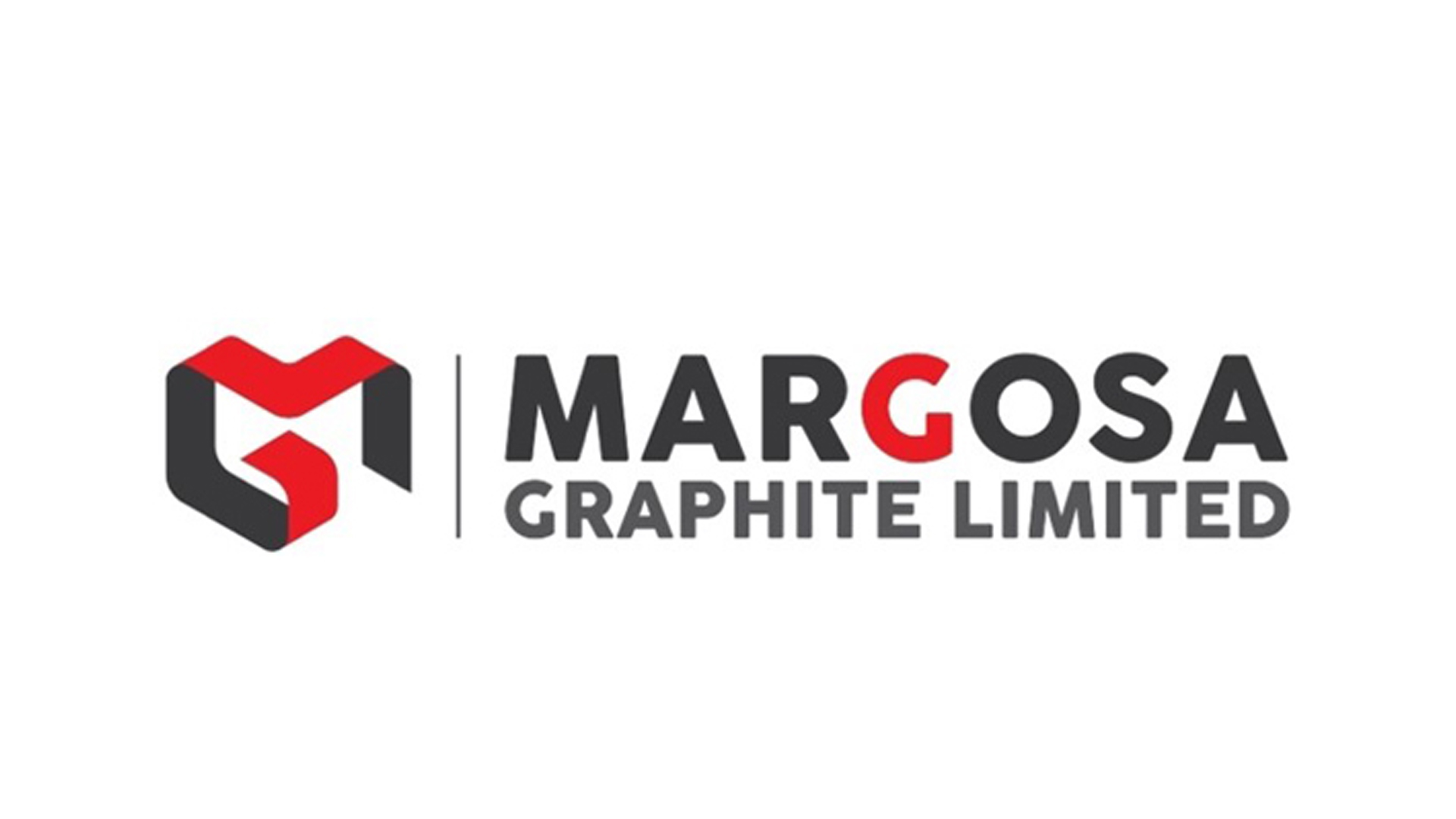Margosa Graphite Limited is exploiting the differentiating brilliance of natural high-grade, crystalline vein graphite to support a more sophisticated, cleaner, and sustainable future for the global community.
Margosa is pioneering the world’s first vein graphite Mine-to-Many-Markets (MtM2TM) capability centred on a strategy which aims to supply new, emerging and developing markets, with high-end graphite products and graphene variants.
The strategy incorporates a joint capability with UK-based scientists affiliated with The University of Manchester who carry ISO accreditation for chemical manufacturing, various Intellectual Property rights, and deep graphite and graphene production experience.
This vertically integrated and diversified approach will assist in managing the risks associated with critical mineral market volatility and the peaks and troughs associated with emerging markets and evolving technologies. A key differentiator when compared to natural flake peers is that Margosa has not centred its market strategy solely on the electric vehicle (EV) market and the production of anode material for EV batteries. Battery anode material is one of many targeted global markets.
About Margosa
- Margosa is a pioneer and intends to showcase the introduction of natural vein graphite material from its Sri Lankan assets to global markets in credible commercial quantities and at consistent quality and grade.
- The company will introduce modern, mechanised, bulk underground mining techniques to Sri Lanka, contemporaneously building capability maturity of the Sri Lankan Mining Industry.
- Margosa intends to exploit its market differentiation at the ‘top-end’ using the distinguishing brilliance of its vein graphite material. Margosa’s Maiden Project material has been qualified for elastomers and polymers use-cases which fetch USD$80-100,000/t. Broader product value is centred on a spectrum of use-cases spanning USD$2400/t – USD$12m/t.
- One of Margosa’s key strategic objectives is the displacement of synthetic graphite.
- Over time and when at Full Operating Capability (FOC) level, revenues are predicted to be in the bracket of USD$110m – $5.6Bn per annum depending on resource/product allocation to market/applications.
- Margosa has declared its intention to be an ESG Leader and has already advanced its assessments and planning through the development of an ESG Framework and supporting roadmap.
Why graphite?
The global paradigm policy shift towards electrification and clean energy solutions has led to the determination of raw material criticality and defined strategic importance. Graphite is defined as a critical raw material in the EU, US, UK, Japan, and Australia due to the high risk of secure sustainable supplies required to support the energy transition, future technologies, and transportation.
Graphite has also been defined as a strategic mineral as it plays a crucial role in industry, digital technology, aerospace, and defence and is essential for maintaining economic competitiveness and improving quality of life.
The global graphite market size is estimated at USD 3.45 billion in 2023, and is expected to reach USD 4.41 billion by 2028, growing at a CAGR of 5% during the forecast period (2023-2028).1
Over the short term, augmenting demand from the lithium-ion battery industry, an increase in steel production in Asia and the Middle East, innovative, future-focused green technologies, and broader sustainable green energy demand are significant factors driving the growth of the global graphite market and are likely to create lucrative growth opportunities for current and emerging graphite producers.
The global community is bracing for a graphite shortage as the growing demand outstrips the expected supply from all known graphite projects.
Why high-grade crystalline vein graphite?
Vein graphite is formed by the crystallisation of carbon-rich fluids in metamorphic rocks. Its formation, isotropic characteristics, and high purity enhanced electrical conductivity, modified surface qualities and very high degree of cohesive integrity means, in comparison to flake graphite, it needs less processing and refinement to reach the same product specifications demanded by specific use cases (such as anode material).
Therefore, it can reach the market quicker, and it is cheaper, having had much less impact, not only on the graphitic ore itself but on the environment.
Historical and more advanced recent testing of vein graphite material has confirmed that it is the only true natural competitor to synthetic graphite. This creates an opportunity to displace synthetic graphite, influence pricing and, importantly, disrupt the power play from China.
Margosa’s Ridee Ganga Vein Graphite Project
Located within the Pathakada Exploration Licence (EL219) of Margosa Graphite Ltd, the company’s Maiden Project (Margosa has an additional 12 tenements with recently renewed Exploration Licences), Ridee Ganga has the only JORC (2012) compliant resource globally with a resource of 1.7m tonnes, an average grade of 76.8% TGC and a 15-year mine life.
Margosa has received all environmental approvals and statutory requirements and has been issued a Class ‘A’ Industry Mining License, which will be activated once operational readiness is declared. The project is at an advanced state of development, with the headframe erected in preparation for shaft No. 1 to be sunk and bulk samples to be extracted.
Site accommodation and utilities are installed and operational. Once monetised, the company is ready to achieve ‘first ore’ in six to eight months and declare production in two years.
The company is currently using data from infill and extensional drilling programmes conducted by its own trained drill teams, using both of the company’s purpose-built drill rigs, to enhance its resource estimate and production levels.
Assessment currently indicates an increase from 1.7m tonnes to c. 2.5m tonnes, with production forecasted to roughly double from 47,000t/annum to 100,000t/annum.
Margosa is in advanced discussions with future offtake partners and is currently campaigning to raise capital to further advance project infrastructure development towards production.


